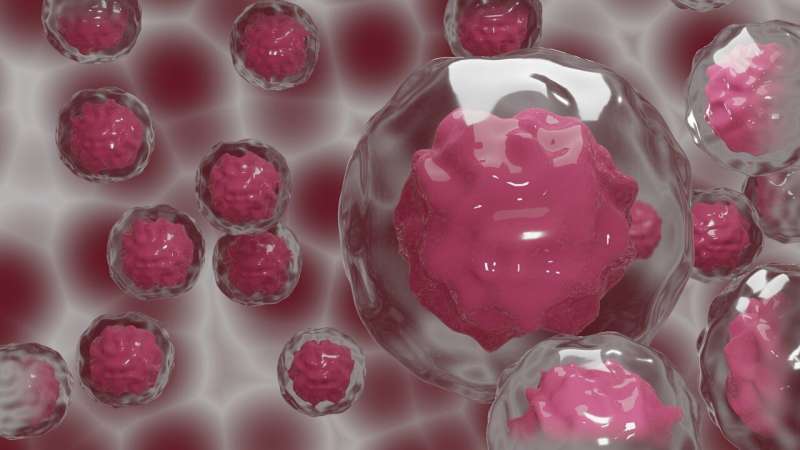Innovative Nerve Blocks Help Reduce Pain in Children with Broken Legs

A groundbreaking study shows that ultrasound-guided nerve blocks significantly reduce pain in children with femur fractures, decreasing reliance on opioids and improving recovery outcomes.
Recent research conducted by specialists at the Medical University of South Carolina and UMass Chan Medical School reveals that ultrasound-guided nerve blocks significantly alleviate pain in children suffering from femur fractures. The study highlights that children who received these targeted injections experienced lower pain levels and required fewer systemic pain medications compared to those who did not receive nerve blocks.
Dr. Matthew Moake, an ultrasound expert and pediatric emergency medicine professor at MUSC, emphasized the importance of minimizing systemic medication use, such as opioids, due to their potential short- and long-term adverse effects. The nerve blocks, which involve injecting local anesthetics directly around specific nerves, provide localized pain relief without affecting other parts of the body, thus allowing for more personalized and safer pain management.
The study involved 114 children aged 4 to 17 from various emergency departments across the U.S. and Australia, including the MUSC Shawn Jenkins Children’s Hospital. Pain levels were assessed using the Faces Pain Scale, where children select a face that best matches their pain intensity. One hour post-treatment, children who received nerve blocks demonstrated a notable reduction in pain—an average decrease of 3.8 points—compared to only 0.8 points in the others. The benefits persisted; even three hours later, those with nerve blocks reported a sustained pain reduction of 3.6 points versus 1.7 in the control group.
A compelling example from the study involved a child who, after receiving a nerve block, slept through painful procedures such as X-rays and traction, illustrating the profound pain relief achieved. Additionally, the study found a 73% reduction in opioid usage among children who received nerve blocks, potentially lowering the risk of future opioid dependency.
The research employed medications like ropivacaine and bupivacaine, which offer long-lasting pain relief without opioids. Ultrasound guidance played a critical role, allowing precise visualization of nerves and blood vessels, ensuring effective and safe injections. Importantly, no complications were reported, and children receiving nerve blocks did not experience longer emergency department stays.
Looking ahead, this study aims to expand knowledge and confidence among healthcare providers regarding nerve blocks, advocating for broader adoption in pediatric pain management. The findings underscore the potential to improve recovery outcomes, reduce opioid exposure, and deliver safer, more effective pain relief for young patients.
Source: https://medicalxpress.com/news/2025-07-nerve-blocks-pain-kids-broken.html
Stay Updated with Mia's Feed
Get the latest health & wellness insights delivered straight to your inbox.
Related Articles
US Cancer Survivors Reach 18.6 Million and Projected to Surpass 22 Million by 2035
The U.S. cancer survivor population is projected to grow from 18.6 million in 2025 to over 22 million by 2035, highlighting the need for equitable care and survivorship support.
Innovative Approach Uses Engineered Immune Cells to Develop Advanced Cancer Vaccine
Scientists at Mount Sinai have developed a novel method to produce billions of functional dendritic cells, opening new pathways for universal cancer vaccines and enhanced immunotherapy treatments.
Heart disease and weight gain increase breast cancer risk after menopause
New research shows that weight gain and cardiovascular disease significantly increase breast cancer risk in postmenopausal women, underscoring the importance of maintaining a healthy weight and heart health.



